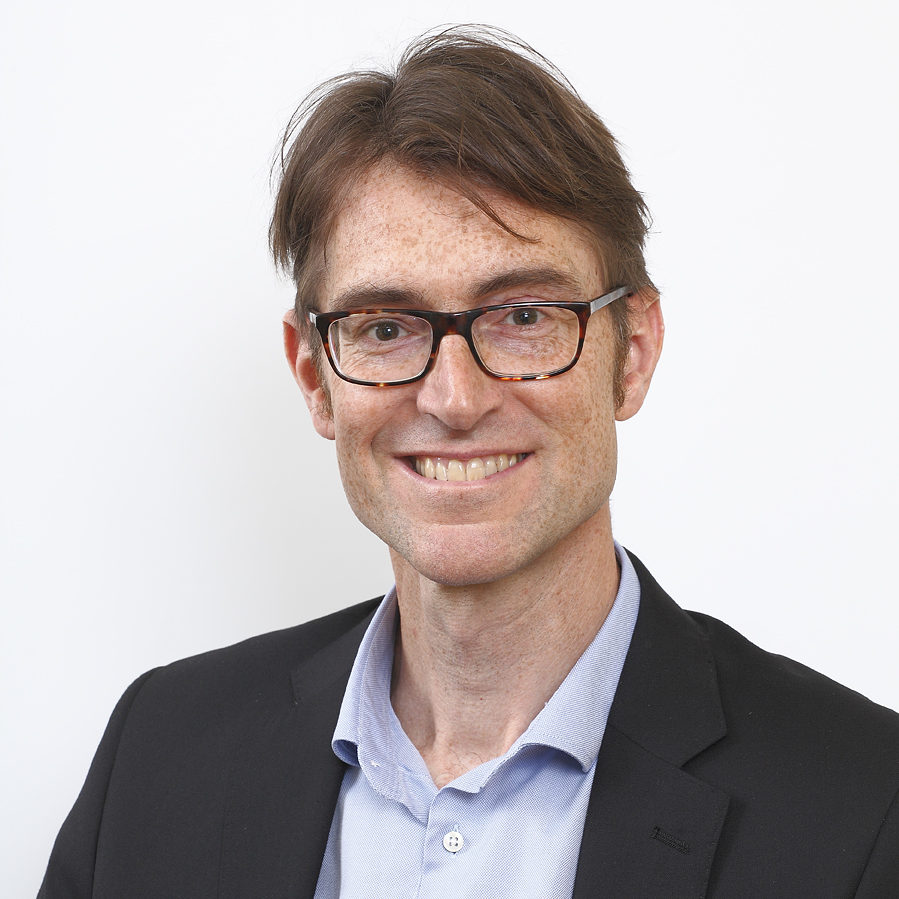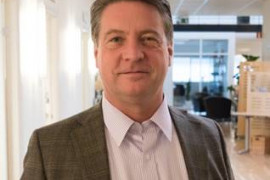
DHC Days brought us a good chunk of content, and it’s far from over!
This week, we have the pleasure to disclose our interview of Gerd Van Wichelen, from Swedish insurance company If … Insurance.
He talks about risk management and insurance in the DHC industry.
We’d like to thank Gerd for his time and for his great answers, and of course the team from If…Insurance for allowing us to interview Gerd.
Hello Gerd Van Wichelen. Can you introduce yourself and If … Insurance to our readers? Who are your clients? What is your role?
Hello!
I work for the leading Nordic industrial insurance company (6200 employees and 4,6 billion € turnover, see also https://www.if-insurance.com/web/industrial) and I am a Senior Risk Engineer
I am responsible for analyzing and reducing the risks within our industrial portfolio. We insure all types of industries but have a dedicated staff of engineers with specific competence in the energy sector.
We’re here at DHC Days, one of the first events in France completely focused on district energy. How important are these types of events in shaping the future of the industry?
I think the event is of the utmost importance to further promote the DHC industry on different levels.
First of all, the DHC industry is not really visible to most European citizens, but is probably one of the main pillars in energy transition in Europe. It’s also the main stepping stone to get to a more ‘circular’ economic model towards which we are bound to evolve.
My impression is that DHC is currently developing too much around local individual initiatives where ‘short’ term profitability often seems the major argument in adopting the DHC-project.
But when zooming out to a more general approach, there are many ‘unseen’ business opportunities to incorporate DHC in construction projects.
And finally, DHC should be seen as major aid in reducing ‘local’ and thus global warming (as we can use energy more efficiently).
An excellent example of this was given during one of the introductory speeches in the Lyon conference by M. Pronchery, Municipal Councillor of Belleville, showing how household wastewater can be used to build heat in a profitable way while he had a challenging time convincing all stakeholders of his broader approach.
As DHC-investments are often important (especially when building networks), a long term vision is essential.
We also see that the networks can currently be extended over larger areas and distances without losing ‘too much’ thermal efficiency, bringing in new players (sources/consumers).
Managing better energy excesses and demands through smart measurement and swift data communication (digitalization) is also participating to this increased efficiency.
Another challenge is that DHC has become a very broad concept, comprising different types of energy demands and needs, often requiring ad hoc feasibility studies comparing different technologies and taking local situations into account (available waste and/or ‘lost’ energy flows, wind, solar supplies, etc.).
As there are multiple aspects in a general energy approach, the DHC markets may be difficult to organize in order to harmonize heat/cold demands and offers.
Focusing on municipal waste from an environmental perspective, we still burn too much waste without heat recovery, and we also still bury too much waste without recycling the remaining energy value of it (still about 25% of municipal waste in Europe goes into landfills or a bit more than 100 kg per capita per annum).
Digging and burying waste is expensive and even afterwards, continuous supervision of these landfills (e.g. biogas, leachate) remains necessary.
So, the ‘energy’ is often there and not far away from the consumer spot.
Therefore, I think there is an urgent role for the authorities to organize and regulate this ‘local’ energy market where some players have excessive heat or cold and others have a demand for this.
Maybe the elaboration of the thermodynamic term ‘thermal pollution’ into our environmental law system could be an incentive to avoid dumping useful energy and oblige the further use and development?
The positive outcome is that, as we often see in Europe, major cities will not wait for regulations to accelerate the development in the DHC-field. The initiative and some of the content of this conference clearly confirms this trend to me.
What do you find most interesting about the DHC industry?
The DHC concept has found its roots in more socialist orientated communities where energy management was highly centralized; therefore has existed in some countries for quite some time.
In modern responsible consumerism, DHC has a new future with recent technological improvements (smart networks through digitalization) and environmental awareness.
It is quite exciting to follow up on this metamorphosis as a risk engineer.
You presented on risk management in district heating during the event. Can you tell us more about it?
I’ll be happy to!
Generally speaking, Risk Management is a formalized way to identify, analyse and treat the risks.
In an insurance context, we often think about ‘property’ and ‘liability’ risks, but today, insurance companies can go much further to accompany and protect businesses.
Insurance is often seen as a purely financial solution to transfer risks when a company does not want or cannot carry it alone, but some risks could be reduced in other ways (proper training, implementation of adapted protection systems, other ways of working, formalized emergency plans, etc.).
Insurance companies provide risk prevention services beyond insurance coverage in order to reduce and sometimes even avoid risks.
We often hear about the technical aspects of District Heating, but rarely about insurance: can you tell us more?
Production sites for heat and cold are quite typical ‘industrial risks’ that we know well as we insure these elsewhere, whether they are part of a manufacturing process or integrated in a power plant.
Fire, explosion, machinery breakdown and natural catastrophes are the most common property risks which the insurance company can cover.
In DHC-networks specifically, typical and quite common losses are caused by leaks, especially in older networks.
Adapted preventive and even predictive maintenance as well as new and more efficient repair methods can reduce the frequency of these leaks significantly.
When the network must be shut down following an important breakage, tailor made insurance can cover the ‘duty to supply’ energy for households or industrial parties.
E.g. the consumers are provided promptly with individual heaters paid under an ‘extra expense’ cover, immediately available when the energy supply is interrupted or does not meet the predefined comfort criteria for the end user.
Would you say the industry still needs to be educated on risk management and insurance opportunities?
Yes, we definitely think that we have an added value to bring in the further development of the DHC-industry.
We closely follow new technological developments in this field and we also think that our risk management methods can contribute to the reduction of potential risks with our industrial clients
In the end, this is our common goal.





